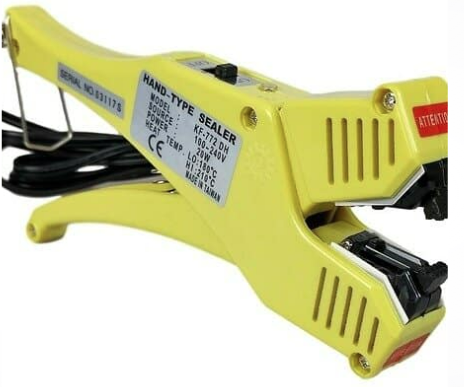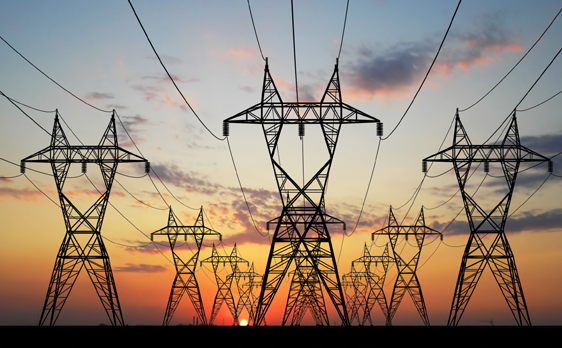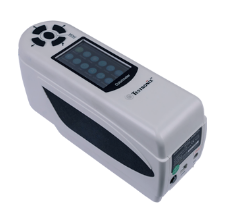
Fire and Gas System Maintenace and calibration UAE
Fire and Gas System UAE
• Provides early warning and location of fires, flammable gas leakage, and toxic gas up to the occupational exposure limit.
• Uses detectors like manual call points, fire detectors, or toxic gas detectors.
• Interfaces with Fire & Gas control panel (F&GCP) through detector interface modules.
• Acts on a 'voting' system based on agreed inputs.
• Divides protected plants into fire areas with their own detection, alarm, control, and extinguishing systems.
• Shares common control panels if both fire and gas detection are required.
• Type of Fire & Gas control panel depends on controller's type.
• Zones on the F&GCP identify each loop as a zone, which could include one or more traditional detectors.




